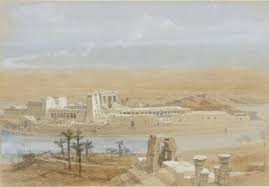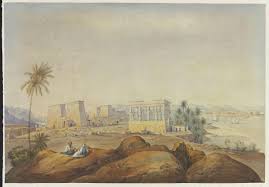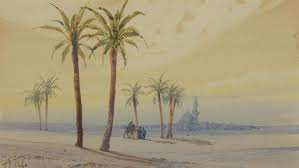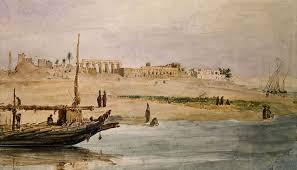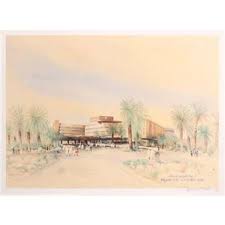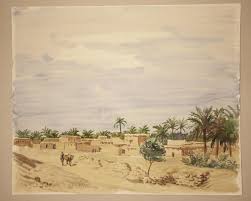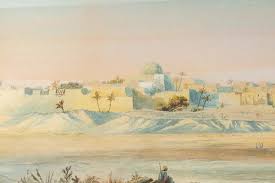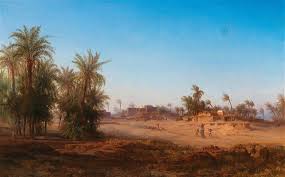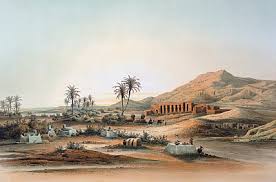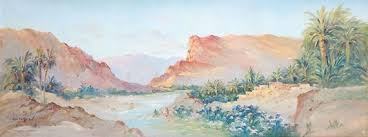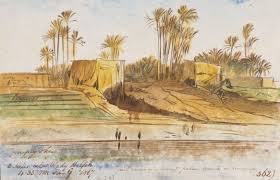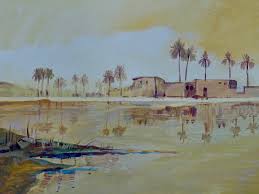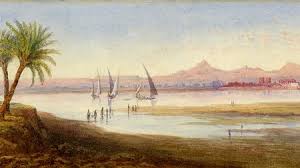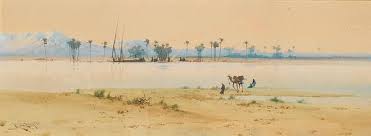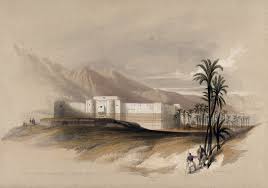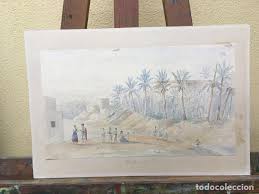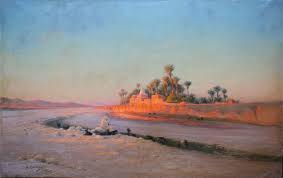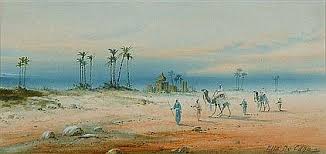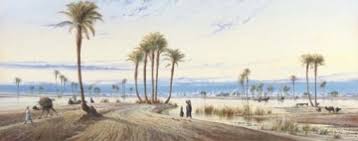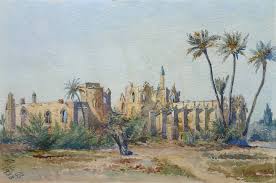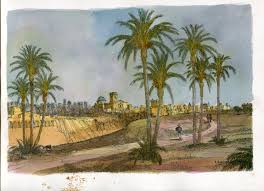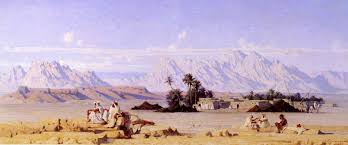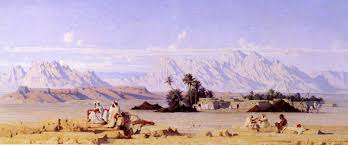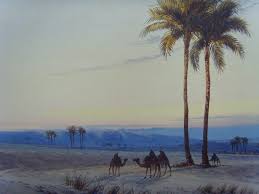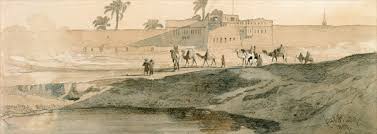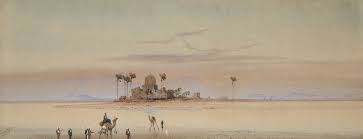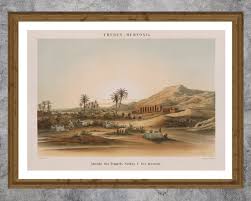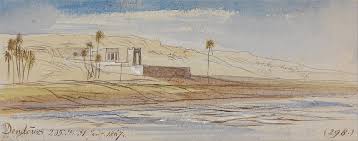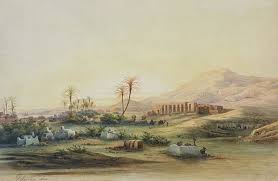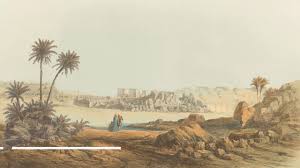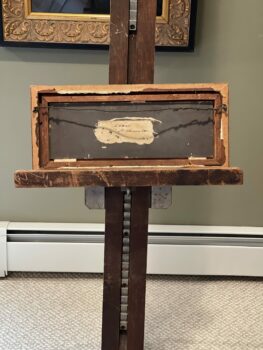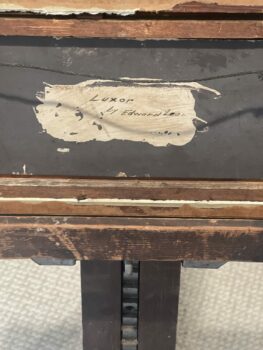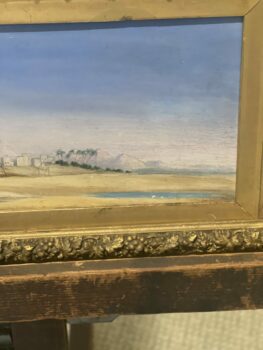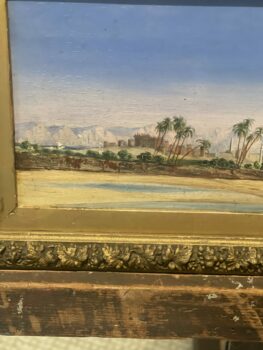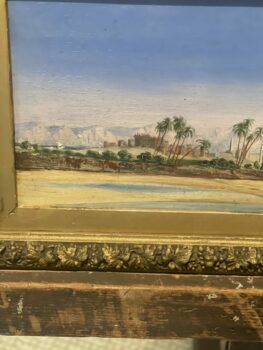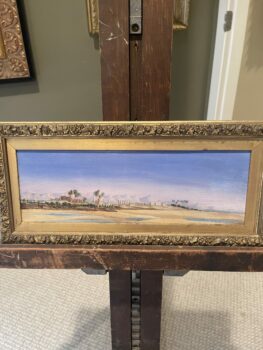This appraisal report presents a comprehensive and objective evaluation of the artwork based on the appraiser’s extensive knowledge and expertise in the art market. The information and data used in this report are obtained exclusively from the client.
Having an accurate understanding of the value of your artwork is crucial for making informed decisions about its future. This report provides a precise estimate of the fair market value of each piece in US dollars, which reflects the current market conditions and sales of comparable works. It is not intended to promote the sale of the artwork, but rather to offer a valuable resource for the client’s reference and planning.
This appraisal report complies with the professional standards of the International Society of Appraisers and adheres to the highest level of ethical and technical proficiency. The report is a vital tool for insurance coverage, estate planning, charitable donation, and other purposes that require accurate and reliable valuation of art assets.
Detailed description of the artwork, including its medium, dimensions, and condition.
Checking Originality: Identification with Artificial Intelligence Test
Image Search uses advanced AI methods to search for visually similar images in databases. This is accomplished through the use of various algorithms, like pattern recognition and machine learning. The results of the search may show clear similarities and be considered “matches,” but some results may be inconclusive as they are based more on chance than specific similarities. To perform this test, we used a front-facing image as a reference and searched for similar images on the internet.
The results of the automatic recognition are not conclusive. If a match is found, it will be shown below:
What specific information can we obtain from this test?
Based on the available information and images, I believe that this artwork is an original painting by Edward Lear entitled “Luxor”. The characteristics of the artwork match those of a painting by the artist, and the AI image search test results seem to suggest the same. Furthermore, the artist is a listed artist, which lends further credibility to its status as an original artwork. In conclusion, this artwork is an original landscape painting by Edward Lear, titled “Luxor” and depicting a desert city landscape.
Age estimation
As an experienced art appraiser, I employ a variety of methods to determine the age of a painting. In the case of the painting "Luxor" by the listed artist Edward Lear, I investigated various factors in order to accurately date the work. The first factor I looked at was the construction of the back and frame. This provided clues as to the period when the painting was created. The second factor I looked at was the color palette. Edward Lear often used bright, vibrant colors, and this painting was no exception. Additionally, the outer frame was indicative of the period when the artist was active. Lastly, I examined the painting style, which was typical of Lear's work. By combining all of these factors, I was able to accurately determine the age of the painting, which was created by Lear sometime in the late 1800s.
Based on this information and the pictures provided, I can estimate this painting was made circa mid 19th Century.
Condition of the artwork
This is an original landscape painting by the listed artist Edward Lear, who lived from 12 May 1812 to 29 January 1888. Entitled "Luxor", this painting depicts a dessert city landscape. The piece is in good to excellent condition and is an excellent example of the artist's work. The colors are vivid and well-preserved, and the details are finely rendered in a meticulous style. The canvas is stretched over a quality frame and the overall presentation is aesthetically pleasing. This painting is a beautiful example of a genre of art that Lear was known for, and it will make a wonderful addition to any collection.
Artist’s name, biographical information, artwork’s provenance (history of ownership) and exhibition history.
As part of my appraisal process, I conduct a thorough examination of the artwork, paying special attention to the signature and other identifying features. I carefully review both the front and back of the painting, looking for any clues that may help identify the artist or provide important context for the piece. Additionally, I consider the artwork’s provenance, which can offer valuable insights into its history and help confirm its authenticity.
In this case I can’t see any signature on the front. I suspect it is covered by the frame. However, there is a sticker on the back with identification of the painting. There is a small signature in one corner, but I am unable to read it. There is no COA for this painting.
At this point, I can use the signature and try to find the artist’s name in a database of known-listed artists. Basically, it is a database with information about the names, surnames, origins, and biographies of the most well-known artists.
I found that the artist who painted this artwork is a listed and well known artist. Edward Lear (12 May 1812 – 29 January 1888).
Edward Lear was an English artist, illustrator, author, and poet best known for his nonsense verse and limericks. Born in 1812 in Highgate, London, Lear was the twentieth of twenty-one children. He was a sickly child, born with a brain disorder, and his family could not afford to send him to school. As a result, he was largely self-taught and educated himself at home.
Lear was already drawing “for bread and cheese” by the time he was aged 16 and soon developed into a serious “ornithological draughtsman” employed by the Zoological Society and from 1832 to 1836 by the Earl of Derby, who kept a private menagerie at his estate, Knowsley Hall. He was the first major bird artist to draw birds from real live birds, instead of skins. Lear’s first publication, published when he was 19 years old, was Illustrations of the Family of Psittacidae, or Parrots in 1830.[9] One of the greatest ornithological artists of his era, he taught Elizabeth Gould whilst also contributing to John Gould’s works and was compared by some to the naturalist John James Audubon.
Detailed analysis of the artwork’s style, subject matter, and significance within the artist’s oeuvre and the broader art world.
I can check if the style and type of painting match those of the artist referenced.
This oil on canvas painting by the listed artist Edward Lear (12 May 1812 – 29 January 1888) is titled “Luxor” and depicts a city desert landscape. Lear’s style of painting is characterized by a vivid and detailed approach to his subjects. The composition is carefully structured and detailed, and his use of light and color is bold and expressive. “Luxor” is typical of Lear’s oeuvre with its bold palette, confident brushwork, and narrative subject matter. The painting has both historical and aesthetic value, as it captures the beauty of the city of Luxor in Egypt and adds to the understanding of Lear’s work. It is also a significant piece of art in the broader art world as it is a representation of a time and place that is no longer accessible.
Comparable sales information, including prices realized at recent auctions or private sales of similar works by the artist or in the same medium.
Comparable sales information, recent auction prices, and other relevant market data are essential for providing an up-to-date estimate of the fair market value for the painting titled “Luxor” by Edward Lear. This data provides valuable insights into the artwork’s valuation changes due to environmental or economic factors. This data is essential for various purposes like insurance, estate planning, and art market analysis. Insurance companies use the data to determine the value of the painting for insurance purposes, while estate planners use it to understand the value of the painting for estate planning. Art market analysts use the data to analyze trends in the art market, such as how demand for a certain artist or painting is changing over time. By using comparable sales information, recent auction prices, and other relevant market data, an up-to-date estimate of the fair market value for “Luxor” can be provided to be used for these various purposes.
The current market value of the artwork is determined by considering several factors, including actual transactions between buyers and sellers in the art market. Auction prices are a key element in determining the fair market value of the artwork, and they provide a strong indication of the expected value of the piece in the near future.
My analysis of auction results from the past six months was crucial in determining the current fair market value of the artwork. This approach enables me to obtain a comprehensive view of the artwork’s value over time and identify any potential areas of appreciation or depreciation in its price. Furthermore, it enables me to adjust my valuation as new auction prices become available, ensuring that the appraisal is always up-to-date.
Conclusion
Investing in art can be a great way to diversify a portfolio and enjoy the appreciation of value. Artwork such as an original landscape painting by listed artist Edward Lear titled "Luxor" depicting a dessert city landscape painting can be a great investment. Not only can buyers enjoy the cultural significance of the piece, but also the potential for appreciation of the piece's value over time. Furthermore, the enjoyment of having a beautiful piece of art in your home or office is a priceless experience.
This original landscape painting by Edward Lear is an impressive piece that is highly valued by the art market. The artist's reputation as a well-known landscape painter adds to the artwork's value, as does its historical significance. Furthermore, its rarity adds to its worth, as the limited number of original paintings by the artist available on the market makes it a special piece. Additionally, its potential to further appreciate in value makes it a desirable investment. All of these factors combined make this painting an excellent choice for any art collector.
Final Appraisal Value ($)
800,000$ (if authenticated)
Appraisal Report made by:
Andrés Gómez
BSc, MSc, Expert Art Appraiser
10+ years of experience in Online Art Appraisals
100k+ Customers Served
Antique Store Owner
You can check my portofolio of past appraisals here:
https://www.appraisily.com/andres-portofolio/

Relevant photographs or supporting documentation, such as condition reports or expert opinions
A detailed summary of the appraisal process and the appraiser’s qualifications.
Mark-to-market art appraisal is a vital method for determining the current value of a piece of artwork. This form of valuation requires an appraiser to consider various factors, such as market conditions, the condition and age of the artwork, and the artist’s reputation. By taking all these elements into account, a mark-to-market art appraisal delivers an accurate assessment of a piece of artwork’s current market value.
The artist’s reputation, as determined by their track record in gallery and museum shows, awards, and other accomplishments, is also considered in mark-to-market art appraisal. Appraisers use this information to determine if the value of a piece is likely to increase or decrease over time. Additionally, they will inspect the condition of the artwork and note any signs of wear or damage that might affect its future resale value.
When performing mark-to-market art appraisals, appraisers also consider market conditions by researching current art market trends and comparable works that have recently sold. This information is used to provide an estimate of a piece’s worth at that point in time. By considering all of these factors, mark-to-market art appraisal is able to give a reliable indication of the current value of a work. This kind of valuation can also ensure fair prices are paid and received when buying or selling art.
In summary, mark-to-market art appraisal is a crucial tool for determining the true value of a piece of artwork, enabling buyers, sellers, and appraisers to make informed decisions regarding its worth. It takes into account multiple aspects to provide an accurate assessment of the current market value of a work. This information can be used to ensure that buyers and sellers are getting a fair price for the artwork, and that the appraiser’s valuation is up-to-date and reflective of current market conditions.
In the case of insurance replacement appraisals, mark-to-market art appraisals can also be used to accurately estimate the cost of replacing a lost or damaged artwork. The current value, as determined by the appraisal, is then used to determine the amount that the insurance company will pay back to the policyholder. This way, policyholders can rest assured that they will receive an appropriate sum for any artwork that needs to be replaced due to accidental damage or theft. Additionally, this kind of valuation helps insurers ensure they are not being overcharged when artwork needs to be replaced as part of a claim settlement.
The appraisal process is a thorough evaluation of the item or items in question. It involves researching and analyzing the information provided by the requester in order to provide an accurate estimate of its value. The appraiser takes into account factors such as condition, rarity, demand, and market prices. Photographs and detailed descriptions are especially important when providing an appraisal, since they help the appraiser identify any potential flaws or defects that could affect the item’s worth. By using all the resources that are available, an evaluation can be done quickly, efficiently, and with a high level of accuracy.
A statement of the appraiser’s liability and any potential conflicts of interest.
A qualified art appraisal, also known as a formal written evaluation, is a professional assessment of the monetary value of a piece of art by an individual who has specialized knowledge, expertise, and training in the field of art appraisal. This person must meet certain educational and professional requirements, including experience in researching and evaluating art, as well as knowledge of the art market and current market trends. The purpose of a qualified art appraisal is to provide an objective and unbiased opinion of the value of a piece of art for various purposes, including insurance claims, tax planning, estate planning, or to help determine a fair price for a sale or purchase.
We are committed to providing our clients with the most accurate and unbiased appraisal reports. To ensure impartiality, we adopt a flat rate, fixed fee structure for all appraisals, instead of a percentage-based fee. This eliminates any potential conflicts of interest between the art appraiser and the final report value. Our appraisal reports are in compliance with the Appraisal Foundation’s USPAP (Uniform Standards of Professional Appraisal Practice) standards and guidelines, which are widely accepted as the ethical and performance standards for appraisers. This guarantees that our reports are of high quality and legally defensible.
How to sell this artwork.
We have a structured guide to help you sell your artwork, you can find it here.
We recommend the following text Ad Copy:
Behold the timeless beauty of Edward Lear’s “Luxor”: a stunningly detailed painting of a desert city landscape. This original artwork by the renowned 19th century painter and illustrator captures a timeless moment of beauty, bringing a sliver of the ancient world into your home. With its vibrant colors and intricate details, this painting is sure to bring a unique and captivating touch to any space. Whether you’re a collector of classic art or simply looking for a one-of-a-kind piece to add to your home, this original painting by Edward Lear is an outstanding choice. With its rich historical context and lasting visual impact, this artwork is sure to become a treasured conversation piece. Don’t miss out on this exquisite piece of art—the perfect combination of beauty and history.
